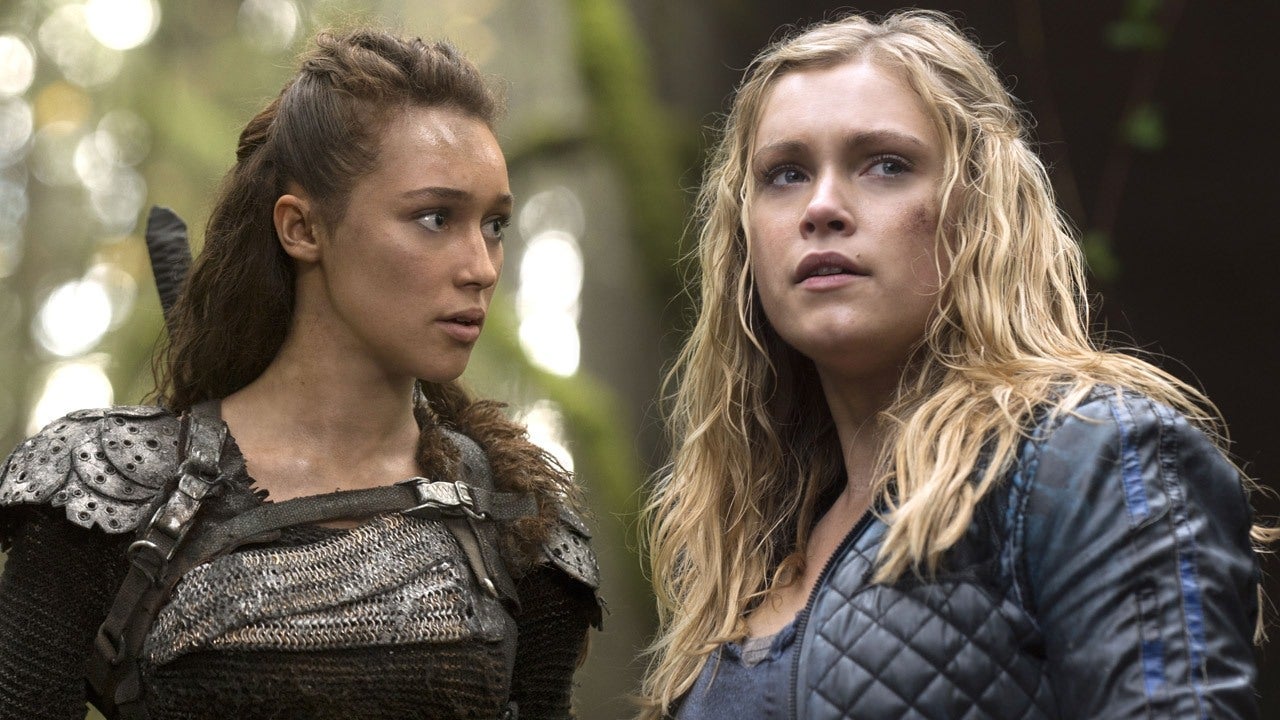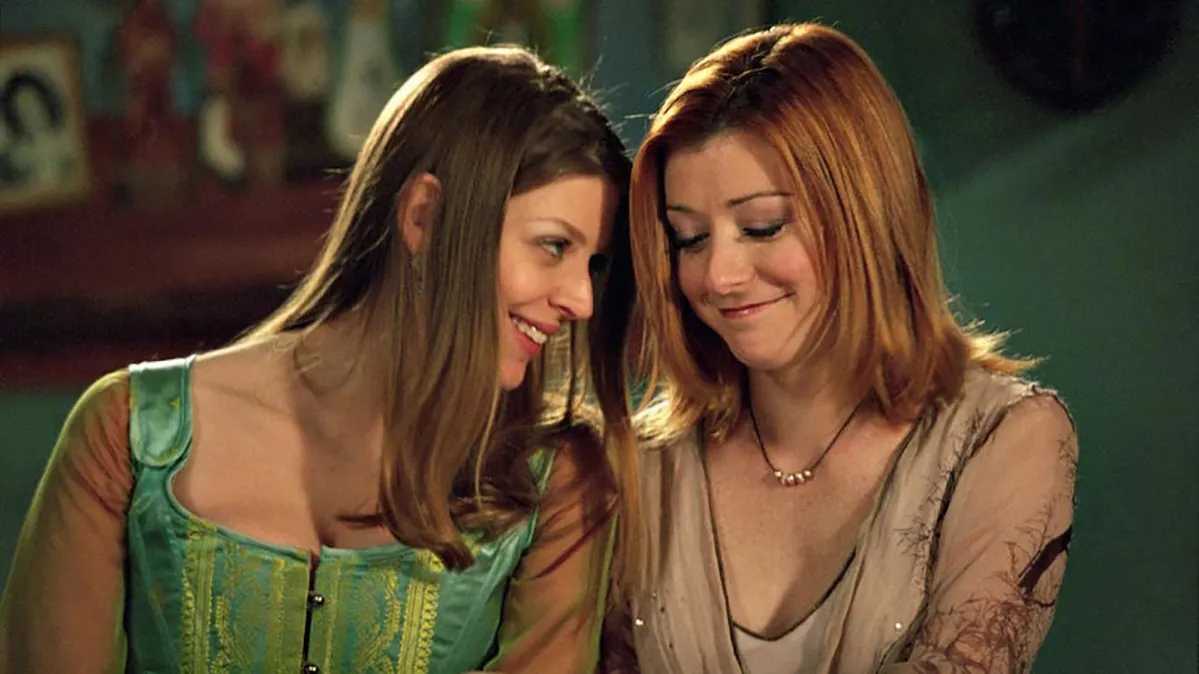Since Autostraddle updated its list of dead lesbian and bisexual characters on TV in March 2022, there have been significant additions, including Villanelle from Killing Eve. Although writers seem to be steering away from the dreaded “bury your gays” trope more often, there are still too many LGBTQIA+ characters being killed off in our favorite movies and TV shows.
But what exactly is the “bury your gays” trope, and why is it so harmful for LGBTQIA+ representation? Here’s a breakdown of the trope, its origins, and how fandom is fighting against it.
What does “bury your gays” mean?
The “bury your gays” trope highlights the unfortunate phenomenon of LGBTQIA+ characters in various forms of media being treated as more expendable than their straight or cisgender counterparts, and thus often dying violent deaths.
In the Autostraddle article linked above, there are 225 lesbian and bisexual characters on TV listed alongside their cause of death—and that doesn’t even touch on movies, books, comics, video games, or the gay and bisexual men who’ve been killed off by TV writers’ rooms.
According to TV Tropes, “bury your gays” seems to be derived from the “depraved homosexual” trope, which describes how explicitly gay characters used to only be cast as villains and then killed to lift up the cishet heroes of their stories. The “depraved homsexual” trope was borne of the Hays Code, which didn’t allow queerness to be depicted on screen unless it was inherently evil. Following the onset of the AIDS crisis, gay characters were often only depicted with a “tragic AIDS story,” which inevitably ended in suffering and death.
Why is the “bury your gays” trope harmful?
Transgender, lesbian, bisexual, pansexual, gay, intersex, asexual, aromantic, and queer characters deserve to live. They deserve to have happy endings. They deserve complex, difficult stories, and they deserve to have as many layers as their straight and cisgender counterparts. The “bury your gays” trope is harmful not only because it inherently presents only one type of ending for LGBTQIA+ characters, but because it offers fans a brief glimpse of the representation they crave, then violently rips it away.
The Trevor Project’s 2022 National Survey on LGBTQ Youth Mental Health revealed that 45 percent of respondents between the ages of 13 and 24 seriously considered suicide in the year preceding the study. Nearly one in five transgender or non-binary youths actually attempted suicide during that period, with white respondents reporting lower rates than LGBTQIA+ youth of color. One determining factor in respondents’ mental health was whether they felt support from their communities and families. Those who felt safe reported significantly lower rates of attempting or contemplating suicide, as well as lower rates of anxiety and depression.
A whopping 89 percent of respondents to The Trevor Project’s 2022 survey said seeing positive representation of queer and trans characters in media made them feel good about their own LGBTQIA+ identities. As noted by Parents, positive portrayals of LGBTQIA+ characters also serve as educational tools for parents, teachers, and communities, further emphasizing the importance of seeing queer and trans characters written as full people who live through their stories.
How is fandom fighting back against this trope?

Fandom is one of the most powerful forces in the world, especially when it comes together to fight for a good cause. In 2016, after Lexa was killed on The 100, a group of fans came together to form LGBT Fans Deserve Better, a 501(c)(3) nonprofit volunteer organization to educate the public about the harm done by negative LGBTQIA+ representation in media and advocate for more positive representation. The organization approaches its mission statement through education and awareness, advocacy, and community support and fundraising.
This work is similar to that being done by The Visibility Fund, another 501(c)(3) nonprofit promoting “positive representation of underrepresented communities in media.” The Visibility Fund offers creator grants for those making visual media for TV, film, or online streaming, and it also offers networking and educational opportunities.
As noted above, representation of LGBTQIA+ characters in media makes a lasting impact on individuals and society as a whole. Fighting for better representation also serves as an entryway to fighting against bigots who want to erase queer and trans folks from existence, especially as anti-trans bills and laws sweep across the US.
(featured image: 20th Century Studios)









Published: Feb 20, 2023 06:33 pm